|
Sun Tran Using Clean Fuel Technology to Promote Climate Resilience in Tucson
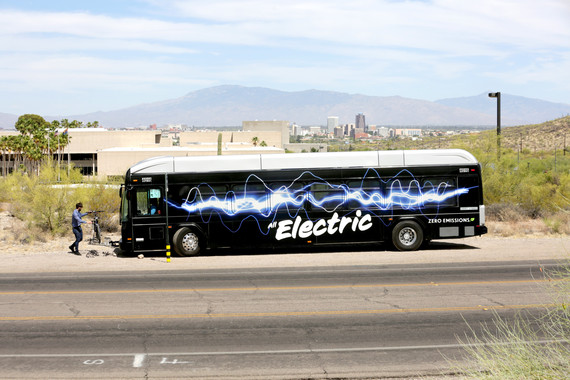
Sun Tran, which provides public transportation in Tucson via bus, the Sun Link streetcar and Sun Van, has set purposeful goals to contribute to a cleaner, healthier community. To reach the goals of reducing emissions and improving air quality throughout Tucson, the transit system has undertaken a number of sustainability initiatives such as using alternative fuel vehicles and retrofitting facilities. Each month, Sun Tran provides approximately 1.2 million rides via bus, the Sun Link streetcar and Sun Van.
“Public transportation provides a valuable opportunity to help diminish climate change within the Tucson community,” said Sun Tran General Manager, Steve Spade.
One of the targeted approaches Sun Tran takes to improve climate resiliency is by reducing harmful emissions. Sun Tran and the City of Tucson began experimenting with alternative fuels more than two decades ago. As early as 1987, Sun Tran converted a bus to use both compressed natural gas (CNG) and diesel fuel. This was one of the first such buses in the country. Since 2006, 100 percent of Sun Tran’s fleet has utilized clean fuel technology.
Sun Tran Bus Fleet:
57% Compressed Natural Gas (CNG)
27% B5 Biodiesel/Urea
8% B5 Biodiesel
5% Hybrid
3% Electric
Currently, more than half of Sun Tran’s active fleet is powered with CNG. This is the same fuel used by many furnaces, stoves and water heaters. CNG buses lower air pollution by emitting 90 percent less carbon monoxide, 90 percent less hydrocarbons and 50 percent less nitrogen oxides than diesel-fueled buses. This fuel source also offers significant cost savings over diesel.
The next-largest fuel source for the bus fleet is B5 bio-diesel. Bio-diesel is a domestically produced, renewable fuel that can be manufactured from vegetable oils, animal fats, or recycled restaurant greases. These buses help preserve Tucson’s air quality, as bio-diesel emits significantly fewer particulates than traditional diesel-fueled vehicles. The majority of Sun Tran’s bio-diesel buses are also equipped with technology that utilizes a urea solution injected into the exhaust gases to meet tighter Environmental Protection Agency emissions standards. This section of the fleet will continue to shrink as Sun Tran buys new vehicles.
“Sun Tran is committed to building a sustainable fleet that contributes to a cleaner environment,” said Spade. “Currently, Sun Tran purchases both CNG and battery electric buses. Based on the current fleet carbon neutral plan, all-diesel buses will be replaced with either CNG or electric by 2028.”
Sun Tran also currently uses hybrid electric technology in 5 percent of the active fleet. These buses utilize a 600-volt battery pack, which is recharged while the bus is coasting and braking. Hybrid buses offer low emissions and can achieve up to 60 percent better fuel efficiency when compared to a bus with a conventional diesel engine.
The newest clean fuel source for the bus fleet is electricity. Sun Tran made history in 2021 by being the first transit system in Arizona to launch fully-electric buses. Five electric buses are in service now and five more will join Sun Tran’s active fleet this fall. New funding from the Federal Transit Administration is allowing the electric fleet to continue to grow.
“This grant will make history by allowing Sun Van to launch its first set of electric vehicles,” said Spade. “It also doubles Sun Tran’s electric fleet and makes new Sun Shuttle service options possible.”
The battery-electric buses manufactured by GILLIG, LLC emit zero emissions. Research indicates that an electric transit bus can save an average of one-half barrel of diesel every day.
In addition to buses, the Sun Link streetcar is another public transportation mode fully powered by electricity. With peak ridership nearing 150,000 per month, the streetcar is able to provide all of those rides without producing any harmful emissions.
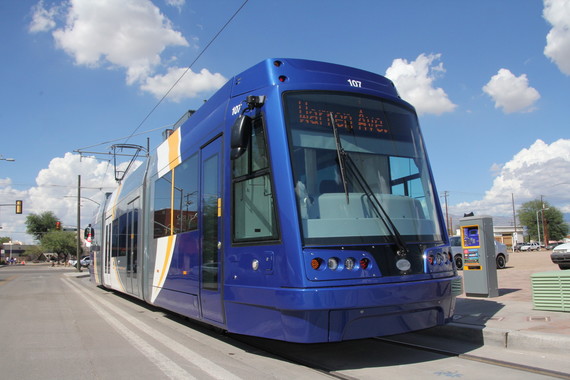 Transit facilities throughout Tucson provide another opportunity to go green. Sun Tran, Sun Van and Sun Link installed solar panels at their facilities to harness the power of the sun and generate clean energy. Sun Van has also implemented xeriscaping at the paratransit facility to help conserve water. Meanwhile, solar panels installed at dozens of bus shelters in 2018 power light panels at the stops.
These efforts help the transit system save money and resources, while also reducing its impact on the environment. Sun Tran is committed to continually improving sustainability efforts in order to provide safe, reliable, and affordable transportation for the Tucson community now and in the future.
You can help Sun Tran and the environment by doing your part:
- Ride one of the 185 Sun Tran buses or 8 streetcars instead of driving. Every passenger counts!
- Be prepared to board the bus or streetcar so that the driver does not have to idle while waiting for you.
- If possible, use a Park & Ride location. This helps reduce traffic and pollution in our city center.
|
|
How are we doing?
2022 Climate Action measurements from the City of Tucson.
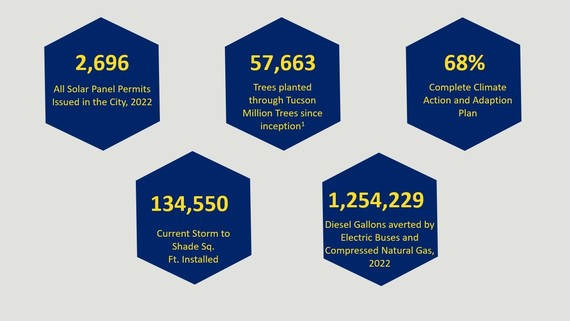 1- Tucson Million Trees Program.
Climate Action and Adaptation Plan Updates.

In the past month and a half, the City has conducted four Community Dialogues with four different community partners– Paisanos Unidos, Local First Arizona, the Arizona Youth Climate Coalition, and the Southside Worker Center. The Community Dialogues focused on digging deep into climate change and its consequences along with shared ideas on what the City of Tucson and community partners can do about it together. We are hearing from community members about their perspectives, needs, and visions for a climate-resilient Tucson. Community members have shared their concerns around the impacts of climate change and the ways this impacts them distinctly in their daily lives–such as cost of groceries, housing needs, utilities, ability to work outside, success of crops, the future of our rivers, health of children and our elders, and more. Building from these concerns, the City of Tucson and community partners have also discussed possible solutions and began envisioning together what a resilient Tucson could look like–such as increased ecological restoration, more trees and shade, improved programs for water use and waste, energy and utility support programs, cooling centers, electrification of public transportation, incentive and education programs, and more.
There are many Community Dialogues to follow in the next two months in partnership with the groups listed above as well as the San Xavier Co-Op Farm, the International Indian Treaty Council, and the Tucson Chapter of the NAACP, as well as public pop-up events across the city.
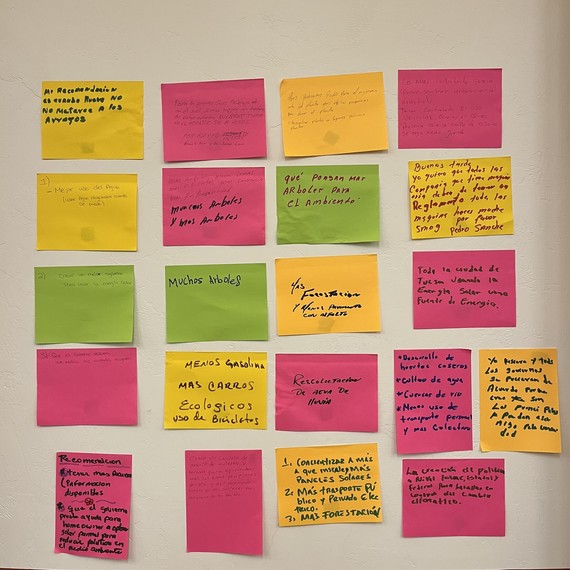 As a result of the multiple facets of engagement the City has undertaken, the initial set of draft mitigation and adaptation strategies have been shared among internal city departments, the Climate Action Advisory Council, and is currently being reviewed by the Mayor and Councilmembers. The draft strategies have been identified through the context of all the engagement to this date and the climate goal set by Mayor and Council for the City to be Net-Zero Carbon Emissions by 2030. The strategies incorporate significant actions in the areas of Transportation, Energy, Resource Recovery, Community Resilience, and Governance. During the Phase II of community engagement spanning September and October, the strategies will be presented to the community for feedback through more community dialogues, pop up events, and a second Public Workshop.
Check this out.
Actions from around the community contributing to Tucson's climate resilience.
Climate Resilience around the Community.
On August 23, Tucson's Mayor and Council voted to make code changes to require electric vehicle (EV) charging in parking areas for new multifamily, office, and retail spaces. The transportation sector is responsible for one-third of heat-trapping emissions. To reach the City's goal of achieving carbon neutrality by 2030, Tucson is zeroing in on cars, the buildings where we live and work, the distribution systems that provide us with water and electricity, and the roads, bridges, and transportation systems we use to get around. |
|
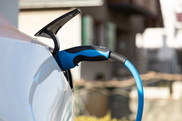 |
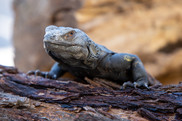
Team Up to Clean Up Event
Where: Manny Herrera Jr Park
When: Saturday, October 7
Join the City of Tucson and Tucson Clean and Beautiful for a clean up event. Help us clean up Manny Herrera Jr Park, the park perimeter, 12th Ave between W Calle Alvord to W Bilby Rd, and the nearby wash. Connect with staff from the Department of Transportation and Mobility, they will be onsite helping to host the clean up.
In addition, the Reid Park Zoo education team will kick off the clean up with an important message on healthy habitats for our wildlife. Native species, like box turtles and chuckwallas, need healthy habitats in order to survive. We can help our native species by putting trash in its proper place and helping to clean spaces that are used by both people and animals. Join this month's clean-up to meet these two species in person and learn more about how they survive in our desert and then play a role in immediately impacting the future survival of their species by cleaning the park.
|
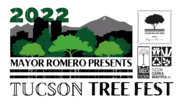
Save The Date for Tucson Tree Fest 2022
You are invited by Mayor Regina Romero!
This will be a fun, community gathering to celebrate all things trees and the achievements made this far as part of Tucson Million Trees. This family friendly event will host exhibitors, demonstrators, vendors, food vendors, and entertainment. The event is organized by Mayor Romero, the City of Tucson, and Tucson Clean and Beautiful.
Date: October 15, 2022
Location: Reid Park, Barnum Hill area
Event Time: 9:00am - 1:00pm
|
|
|
|
|
|